« 4 Fun Indoor Things to Do With Kids in Knoxville
5 Car Repairs That Can’t Wait »
Feb 24, 2016
A wheel alignment ensures that your tires point in the right direction and that related parts wear smoothly and evenly. A number of factors can make your wheels lose their alignment, though, so having this checked should be a regular part of your vehicle maintenance routine. Learn how often you should get your tires aligned, and get to know some signs that your wheels need alignment right away.
No matter what kind of vehicle you drive, it has exact alignment specifications determined by the automaker. Everything from the vehicle’s overall size to its weight to its intended use goes into calculating these specs, which are unique to your make and model.
Driving your car when the wheels are out of alignment can cause a number of problems. Your tires can wear unevenly, which can make your vehicle unable to grip the road properly or handle safely. Your car can also suffer in terms of performance, since a car that’s out of alignment can’t handle as cleanly. Continuing to drive a car with poor alignment will just make the situation worse and can even compromise your ability to control the vehicle or damage other components of your car.
General wear, driving conditions, and alterations to your car can all cause the tires to lose alignment. Some of the most common causes include:
 Even regular tire rotations throw your car out of alignment, since each tire wears differently.
Even regular tire rotations throw your car out of alignment, since each tire wears differently.For virtually all vehicles, it’s necessary to get your wheels aligned periodically. Most car experts recommend scheduling an alignment every other oil change, or approximately every 6,000 miles. Since alignment needs can vary widely depending on your vehicle type, typical road conditions, and tire style, however, refer to your owner’s manual or consult with your mechanic to learn what’s best for your car.
Several other situations necessitate an alignment, too. When you get new tires, an alignment ensures that they’re positioned correctly and that they’ll wear evenly. When your vehicle pulls while driving or your steering wheel seems off center, an alignment can fix any issues resulting from hitting potholes or bumping curbs.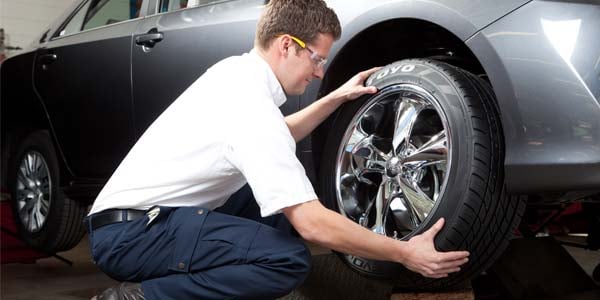
Whether you’re planning to replace worn out tires or you suspect your existing tires need adjustment, you can schedule a wheel alignment at your local service center. Even if you’re not due for routine tire maintenance yet, getting your wheels aligned can save your vehicle from unsafe handling and poor performance.
Powered by Bookmarkify™
Tags: Alignment, Service Tips, Tires
Posted in
Toyota Service |
Comments Off on When Should I Get My Tires Aligned?
Calculate Out-The-Door Price
close
Alignment
When your tires are properly aligned, your vehicle drives straight and your ride feels smooth. But when your tire alignment is off, then your whole vehicle feels off.
But when your tire alignment is off, then your whole vehicle feels off.
Poor tire alignment causes your vehicle to veer to one side or the other, even on a straight and level road. This can cause your tires to wear out faster and affect your car’s responsiveness—ultimately putting your safety at risk!
So, when do you need a tire alignment? If you experience any veering or notice uneven wear on your tires, the answer is immediately.
Otherwise, the general rule for when you should get a tire alignment is once per year. But that doesn’t apply to every vehicle.
Many situations can influence how often you should get a tire alignment. If you can answer "yes" to any of the following questions, it’s probably time to schedule a tire alignment sooner rather than later.

Some conditions could result in less frequent tire alignments. If you don’t put many miles on your car—say, 6,000 or so in a year—you’re likely okay with a slightly broader tire alignment service time frame.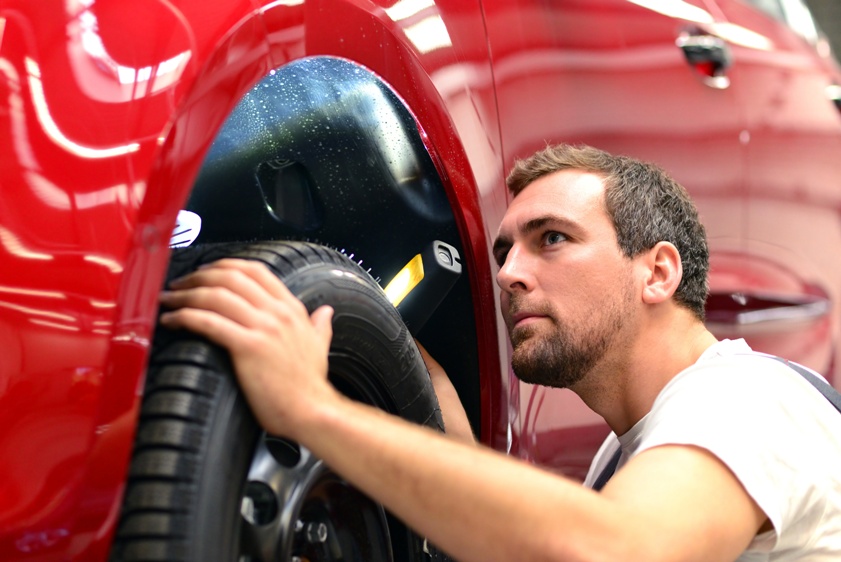
If you answered "yes" to any of our questions or can't remember the last time you had an alignment, schedule an appointment for an alignment check and service.
And then, relax. We're service people, not salespeople. That means you won’t have to deal with any hard sell. At your local Tires Plus, you’ll get tire alignment service, professional insight, and helpful tips from a skilled technician.
So head on in. We'll keep your ride on the straight and narrow.
Schedule
Alignment
Jan 26, 2017
Learn more about your car's alignment, why it's important to maintain, & signs you may be in need of an alignment service, from your friends at Tires Plus!
Read More
Alignment
Feb 11, 2019
You've heard wheel alignment is important, but do you know why? Learn what car wheel alignment is, when your car needs it, and why it matters, with Tires Plus!
Read More
LOAD 3 MORE
SHOWING 6 OF 12
Alignment
Jan 26, 2017
Learn more about your car's alignment, why it's important to maintain, & signs you may be in need of an alignment service, from your friends at Tires Plus!
Read More
Alignment
Feb 11, 2019
You've heard wheel alignment is important, but do you know why? Learn what car wheel alignment is, when your car needs it, and why it matters, with Tires Plus!
Read More
Alignment
Nov 30, 2018
Can't remember the last time you had an alignment? Learn more about your tire alignment time frame and when to head in for service at your local Tires Plus.
Read More
{{storeNumber}}
{{storeName}}
{{link-icon "Call Us" mobileCallLink null "call-cta"}} {{link-icon "Directions" directions "_blank" "directions-cta"}}
{{address}}
{{city}}, {{state}} {{zip}}
{{#if activeFlag}} {{#ifCond mystore "or" myPreferredStore}} {{#ifCond storeType 'eq' "TPL"}}
*Call store for appointment {{phone}}
{{else}} {{#if onlineAppointmentActiveFlag }}
{{#if myPreferredStore}}
{{else}}
*Call store for appointment {{phone}}
{{/if}} {{/ifCond}} {{else}} {{#ifCond storeType 'eq' "TPL"}}
*Call store for appointment {{phone}}
{{else}}
Schedule Appointment {{#if onlineAppointmentActiveFlag}} {{else}}
*Call store for appointment {{phone}}
{{/if}}
{{/ifCond}} {{/ifCond}} {{else}}
*Temporarily Closed Due To: {{temporarilyClosedReason}}
{{/if}} {{#if isMilitaryStore}}
*This location is on an active US military base. You may need military ID to access the location.
You may need military ID to access the location.
{{/if}}
{{#ifCond count 'eq' "3"}} Show More Stores {{/ifCond}}
Right Tire alignment it is important to avoid excessive wear on tires and vehicle parts. Poor tire alignment can reduce your MPG, make the wheels run against each other and wear down the tires causing bad tread wear patterns. Here are some signs that suggest you need an alignment fix.
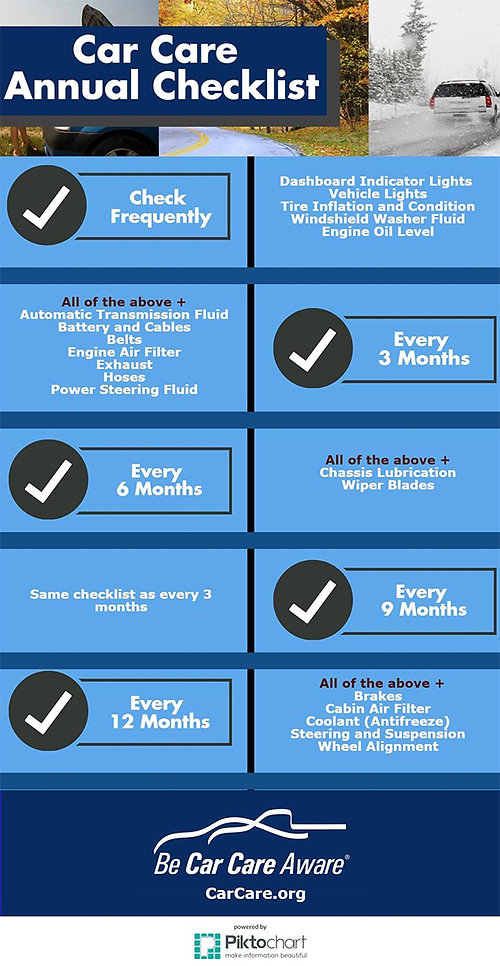 If the car's wheels are not well aligned, you will notice that the car will automatically try to go to one side or the other. If you must fight the wheel, it's time to align so that the wheels all point in the right directions.
If the car's wheels are not well aligned, you will notice that the car will automatically try to go to one side or the other. If you must fight the wheel, it's time to align so that the wheels all point in the right directions. 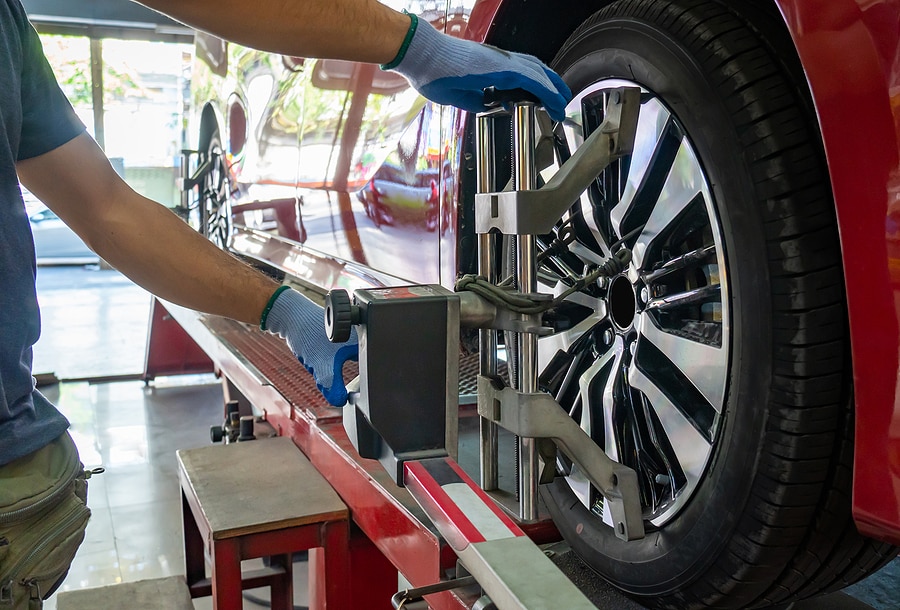 Follow this to tell signal alignment problems.
Follow this to tell signal alignment problems. Poor tire alignment can lead to a wide variety of problems on a vehicle. Here are some of the reasons why it's not a good idea to keep driving without a good tire alignment from a professional shop.
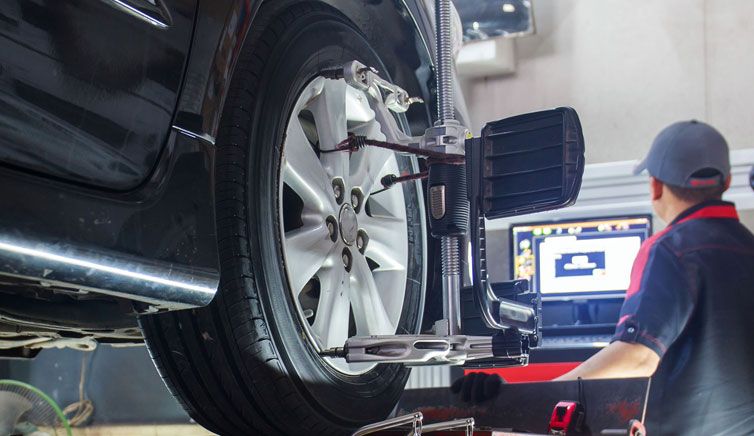 With proper wheel alignment, it is easier to drive. When dealing with road obstacles such as potholes (which will also throw out alignment even more), you will find yourself ahead if you have the correct wheel alignment on your .
With proper wheel alignment, it is easier to drive. When dealing with road obstacles such as potholes (which will also throw out alignment even more), you will find yourself ahead if you have the correct wheel alignment on your . Learn more about wheels and tires & gt; >
The Auto FLPER dealership websites provide a range of tire alignment prices. It breaks down into categories:
It breaks down into categories:
To understand wheel alignment, we must understand the terms used and what they mean.
Bagabar refers to the angle of the wheel.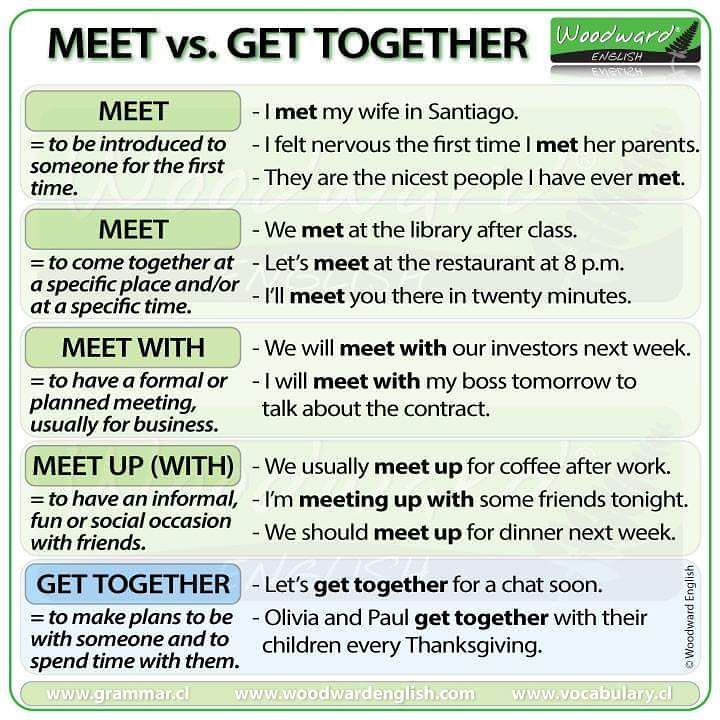 The measurement is calculated in degrees. Looking at the front of the car, if the wheel leans outward, this is positive selection. If the wheel rests on , this is a negative decay. When the tube for a wheel is not true or dead in the center, it results in uneven tire wear, which causes the tires to pull to one side or the other. Some front wheel drive vehicles cannot be adjusted for CURBER, so if the switch is turned off for this type, it means that some part is worn or broken in the suspension system and needs to be repaired.
The measurement is calculated in degrees. Looking at the front of the car, if the wheel leans outward, this is positive selection. If the wheel rests on , this is a negative decay. When the tube for a wheel is not true or dead in the center, it results in uneven tire wear, which causes the tires to pull to one side or the other. Some front wheel drive vehicles cannot be adjusted for CURBER, so if the switch is turned off for this type, it means that some part is worn or broken in the suspension system and needs to be repaired.
When the steering wheel is not turned, the front wheels will turn the turn. This pivot is attached to the suspension system. The angle of this pivot is calculated in degrees, which is called the caster. If you look at yours from one side and the top of the pivot is leaning towards the back of yours, this is a positive caster. When the top of the turn rests on the front, it is in negative spell. When the wheel caster is turned off, it causes the track to not track properly when moving straight. This can cause the steering to be too light or too heavy, making it difficult to control. The caster is also not usually adjustable on front wheel drive cars. When the caster is turned off on these cars, there is some part in the suspension that needs to be repaired.
When the wheel caster is turned off, it causes the track to not track properly when moving straight. This can cause the steering to be too light or too heavy, making it difficult to control. The caster is also not usually adjustable on front wheel drive cars. When the caster is turned off on these cars, there is some part in the suspension that needs to be repaired.
The "TOE" of yours is how far the front of the tire is to the rear. When your foot tire is in this, it means that the front of the tires are closer than the back of the tires. When considering the front tires, if your tire resembles a triangle in its relationship to each other with a slight ending towards you, yours is a sock. If the triangle has a small end towards the back of the car, then that means it's the feet. Your tires should be even apart, forming a square. When the tires are worn in or out, it will cause them to wear quickly. The sock is regulated on all types of cars.
The sock is regulated on all types of cars.
It's very rare for the poor Tire alignment cause loud tire road noise. It would mean a very serious problem in your alignment if she got to this point. Tire alignment basically means that your tires are straight in relation to each other, and for them to curve enough to make a loud noise on the road, indicates a serious situation. Poor tire alignment was confirmed by drifting while driving, where it seemed to pull to one side or the wheels were noticeably off-center. If left unattended, poor alignment will result in uneven wear on your tires, and it remains an extremely rare occurrence to have loud noise from your tires due to poor alignment.
That Tire Alignment Price The fees you pay will vary depending on the alignment performed and location. The recommended alignment is four wheels and you have to make sure this is what you get as you can charge less for front wheel alignment or traction alignment which is only required about the rear axle. A price ranging from $60 to $85 is reasonable, depending on various factors. Most mechanics will start quoting a higher price than their final offer. Negotiate a price and get the best deal. Anyone asking for more than 9$0 is too expensive and you should look elsewhere.
Tire alignment costs will vary depending on the type you are leveling. For example, if you were to align a Smart, the cost of the alignment might be less than if you were trying to align the latest Cadillac CTS. It's a matter of cost and a Truck, on the other hand, will likely cost even more to level up. Especially if it's a 4x4, because not only do you have full front end alignment to take care of (head helm, top arm, top/bottom struts, steering assembly, etc.), you would also have to make sure the driver's wheels on the rear four wheel drive also works correctly. This may cost you more than you think.
For example, if you were to align a Smart, the cost of the alignment might be less than if you were trying to align the latest Cadillac CTS. It's a matter of cost and a Truck, on the other hand, will likely cost even more to level up. Especially if it's a 4x4, because not only do you have full front end alignment to take care of (head helm, top arm, top/bottom struts, steering assembly, etc.), you would also have to make sure the driver's wheels on the rear four wheel drive also works correctly. This may cost you more than you think.
BUT. Rear Tire Alignment will tend to be less expensive than external alignment for one reason, complexity. In the back alignment, you still set Toe-Out and Toe-In, but that's about it.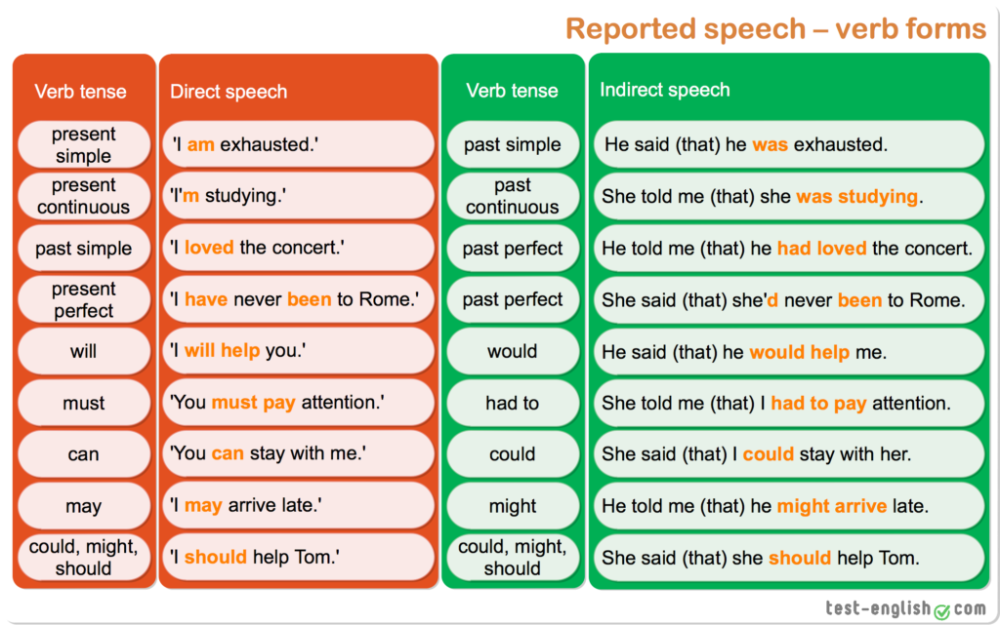 You will have to make some minor suspension adjustments, but these can be achieved with a wrench. If you need to insert rear shims (spacers) to bring your rear end into alignment, a wrench will do. The front end, with its leg/TOE-in, mounting mounts, handlebars and the like, is more active as one thing influences the other. So a front alignment will actually be a more costly alignment.
You will have to make some minor suspension adjustments, but these can be achieved with a wrench. If you need to insert rear shims (spacers) to bring your rear end into alignment, a wrench will do. The front end, with its leg/TOE-in, mounting mounts, handlebars and the like, is more active as one thing influences the other. So a front alignment will actually be a more costly alignment.
More likely than tire vibration Engine vibration is easy to determine. First, look at the red light and look at the tach if yours has one. If the engine refuses to settle down and the idle level goes from 800 rpm to 2600 rpm, you can be sure you have an engine idle problem.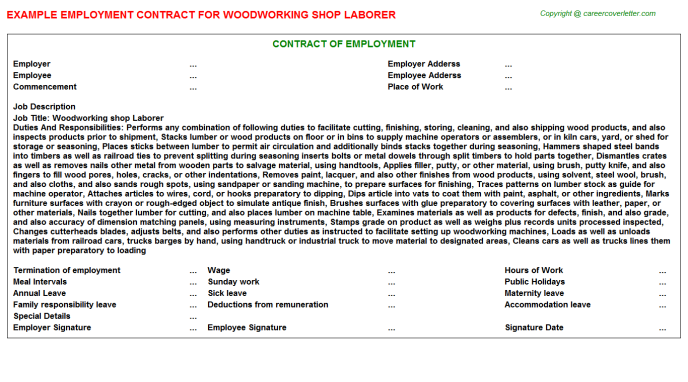 If you have tire vibration, you won't notice it until you're at speed. Once you've hit cruising speed, you'll probably feel a vibration in the steering wheel. Holding it with one hand will just confirm it. If it's tire vibration, it could indicate tire wear or a problem. It may also indicate that your crankshaft may be slightly out of alignment, or it may simply be resonance with the roadway.
If you have tire vibration, you won't notice it until you're at speed. Once you've hit cruising speed, you'll probably feel a vibration in the steering wheel. Holding it with one hand will just confirm it. If it's tire vibration, it could indicate tire wear or a problem. It may also indicate that your crankshaft may be slightly out of alignment, or it may simply be resonance with the roadway.
Exceed and under more likely signs of poorly maintained tires than signs of poor tire alignment. Poorly maintained tires must be treated for safety reasons. On the other hand, alignment shows up in the circuitry in the front and rear tires. If you find such a purchase, give your tires a shake to see if they have a game in them.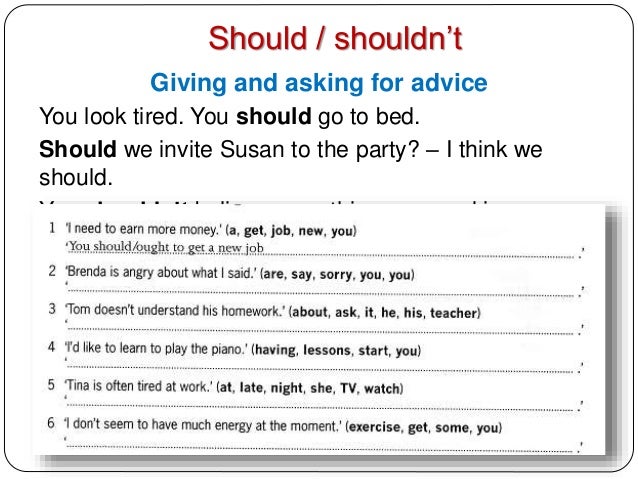 If there is, chances are good, TOE-In and Toe-Out should be reset like find weapons do. Once this is completed, yours is ready to roll. However, keep an eye on the condition of your tires and keep them in good shape.
If there is, chances are good, TOE-In and Toe-Out should be reset like find weapons do. Once this is completed, yours is ready to roll. However, keep an eye on the condition of your tires and keep them in good shape.
When the icy winter grip begins to wane, it's time to consider replacing your winter tires with summer tires.
Winter tires are a great investment in your safety and you should take good care of them when storing them. Below are some tips on when to change your winter tires, how to care for them, and other things you can do to get your car ready for spring.
Make sure you remove your winter tires at the right time to keep the tread on them longer. As a rule, experts believe that winter tires should be removed when the temperature approaches 7 degrees Celsius and stays that way for a week. Changing tires requires much more than just swapping them out for another set.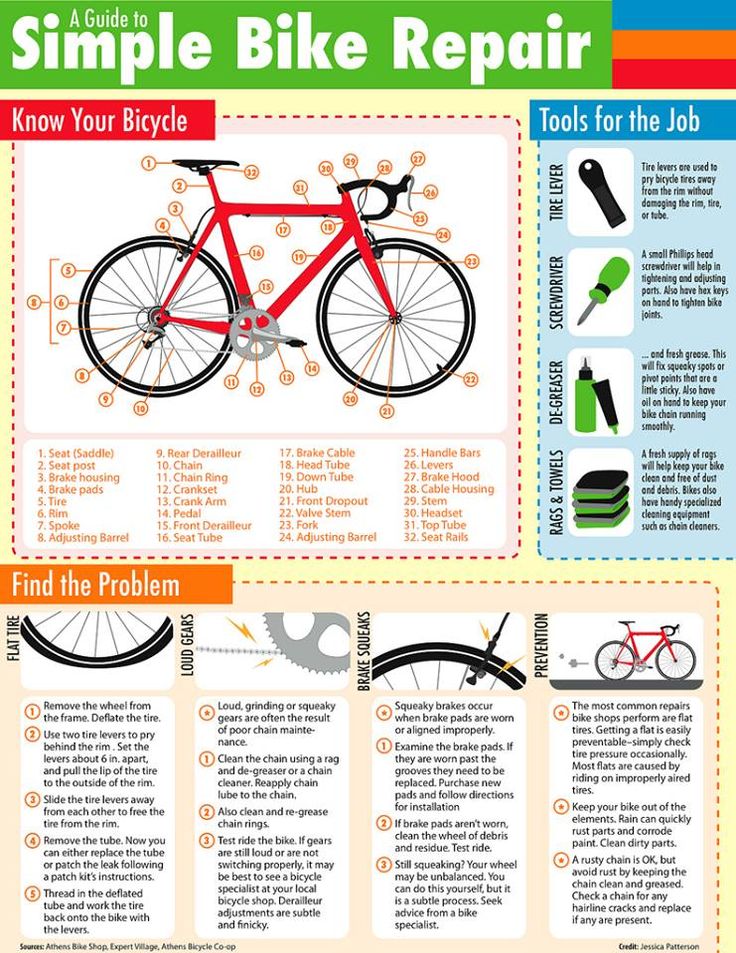 Tires must be fitted correctly, at the correct pressure, balanced and aligned. This work is best left to professionals.
Tires must be fitted correctly, at the correct pressure, balanced and aligned. This work is best left to professionals.
After removing winter tires, make sure they are stored properly in a cool and dry place until next winter.
Here are some tips to help extend the life of your winter tires:
Clean tires before storing them
Cleaning your tires before storing them will help you avoid contaminants that can cause damage. Clean the tires with water, being careful to remove stones or any other debris stuck between the grooves. Also, don't forget to let them dry before moving on to the storage phase.
Pack tires
Take four large trash bags and wrap the tires to remove all air. This will help prevent the lubricating oil contained in the tires from evaporating. There are also tire bags if you want something more durable.
Fold tires correctly
If your winter tires are on rims, it is recommended to stack them on top of each other. Otherwise, store them separately.
Otherwise, store them separately.
If space is limited and your tires are on rims, you can hang them on large hooks. Tires that are not on rims must not be hung up, as pressure under their own weight can cause deformation and damage to the tires.
Keep them out of the sun
As with most things, the sun's rays can damage your tires if they are exposed to too much direct sunlight. The heat is actually a tire.
Place tires in a cool and dry place
A basement or climate-controlled space is best, while a standard garage, shed, or attic often experiences a wide range of high and low temperatures, as well as precipitation and humidity. Be sure to store your tires away from things like electric motors, stoves, switches, and sump pumps because they are sources of ozone. Store tires on a clean surface. By clean we mean free from grease, gasoline, solvents and oils.